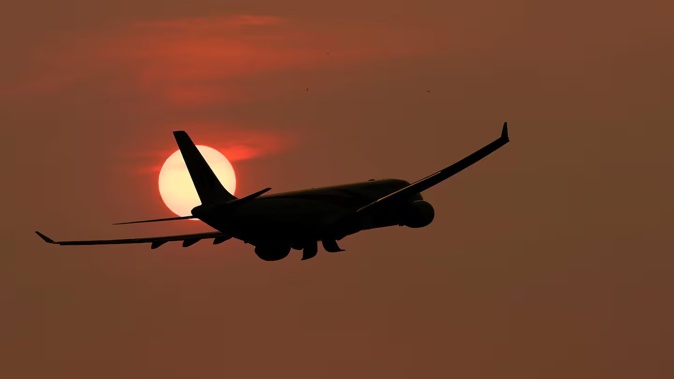
Travellers will be eligible for higher compensation for international flights, with the International Civil Aviation Organisation (ICAO) setting new liability limits for death, injury, delays, baggage and cargo issues.
This means airlines must pay out at least $335,000 for death or “bodily injury” on flights as a result of the review of payment levels that come into force late this year.
While liability limits are set by the international Montreal Convention agreement, there are no financial limits to the liability for passenger injury or death if a court rules against an airline.
Above the set limit, an airline can defend itself against a claim by proving that it was not negligent or otherwise at fault.
ICAO defines serious injuries, which include more than 48 hours of hospitalisation, fractures, severe haemorrhagic lacerations, internal organ injuries, burns of more than 5% of the body, verified exposure to infectious substances or radiation.
The organisation has told 140 member states, including New Zealand, that limits would increase in line with the convention’s built-in five-year review mechanism, to adjust for inflation. Limits for death and serious injury are up 16%.
Air NZ says on its website that any action in court to claim damages must be brought within two years from the date of arrival of the aircraft, or from the date on which the aircraft ought to have arrived.
The liability limits are indicated in “Special Drawing Rights” (SDRs), a unit defined by the International Monetary Fund. One SDR was this month worth NZ$2.20.
New convention limits are:
- The limit for death or bodily injury will increase from 128,821 SDRs to 151,880 SDRs (about US$335,000 - originally 100,000 SDRs in 2003).
- Delay in passenger transport will rise from 5346 SDRs to 6303 SDRs.
- Destruction, loss, damage, or delay of baggage will increase from 1288 SDRs to 1519 SDRs.
- Destruction, loss, damage, or delay of cargo will rise from 22 SDRs to 26 SDRs per kilogram (about US$35)
Consumer NZ’s acting head of research and advocacy Jessica Walker said because New Zealand was party to the Montreal Convention, these new limits were good news for international travellers.
“The only caveat is, for the convention to apply, the destination will also need to be party to the convention. Having said that, a lot of countries New Zealanders would be travelling to are party to it.”
Peter Carter, director of Carter Capner Law said in cases where the airline can’t prove it was not at fault in the accident, unlimited compensation continues to apply to the extent of proven losses.
The increased tier one limits will benefit airline passengers injured from December 28 where the airline is not at fault.
Passengers with current claims from accidents occurring before then are subject to the existing tier one limits, said Carter, who is acting for passengers who were on two flights this year.
Carter believes passengers injured on a LATAM LA800 from Sydney to Auckland which dived suddenly in March, and the Singapore Airlines’ SQ321 turbulence incident in May were not subject to the tier one limits ‘‘because in both cases the airline’s crew materially contributed to the respective accidents.’'
The chances of being in an air crash fell last year to below the five-year average with airlines recording some of their best safety results.
International Air Transport Association (IATA) figures show there were no hull losses or fatal accidents involving passenger jet aircraft in 2023.
However, there was a single fatal accident involving a turboprop aircraft, resulting in 72 fatalities - the crash of a plane in Nepal last January.
The fatality risk improved to 0.03 in 2023 from 0.11 in 2022 and 0.11 for the five years, 2019-2023.
At this level of safety, on average a person would have to travel by air every day for 103,239 years to experience a fatal accident, IATA says.
Besides covering liability limits, ICAO systems allow for the use of electronic tickets and air waybills, significantly reducing paperwork and operational costs for airlines.
Grant Bradley has been working at the Herald since 1993. He is the Business Herald’s deputy editor and covers aviation and tourism.
Take your Radio, Podcasts and Music with you









